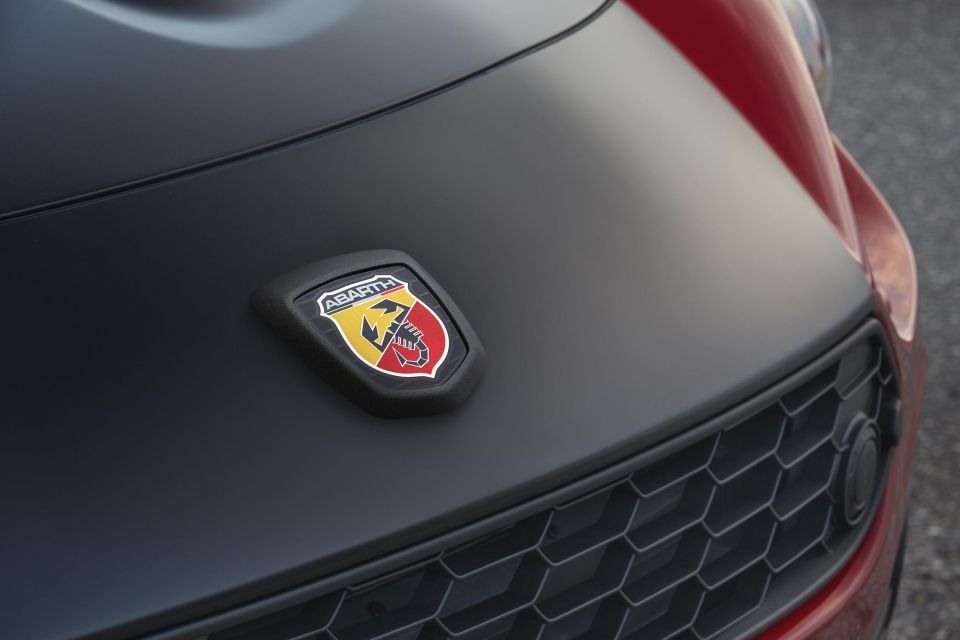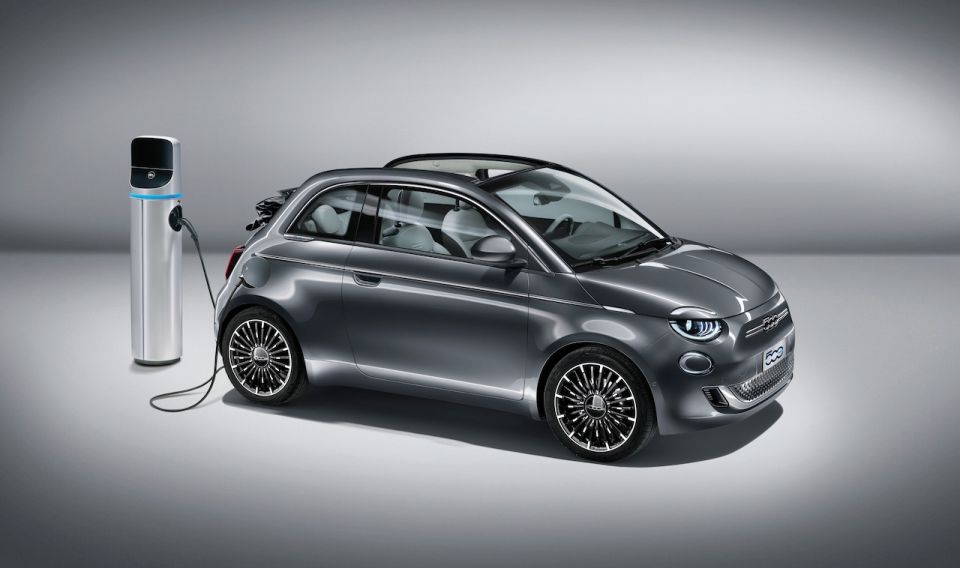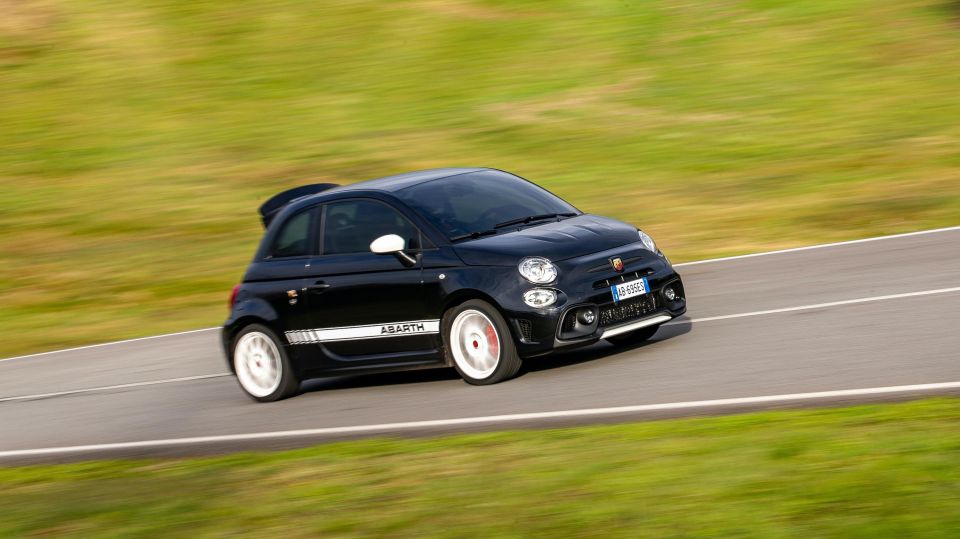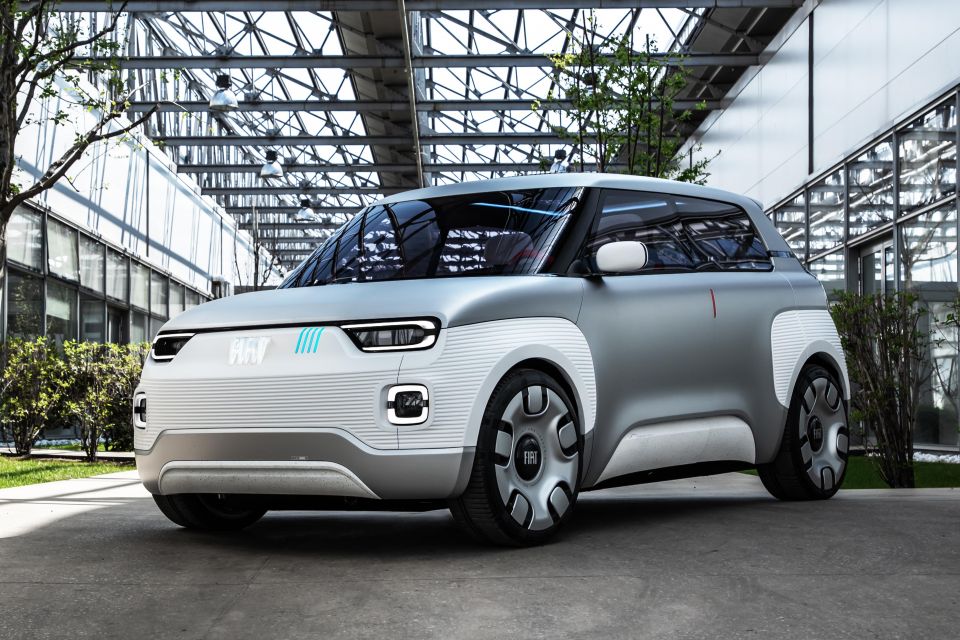

Shane O'Donoghue
2025 Nissan Ariya Nismo review: Quick drive
6 Days Ago
Abarth's pocket rockets will be making a very different sound from 2024 onwards, with the brand going all-electric.

News Editor


News Editor
Fiat’s go-faster arm will be going all-electric first.
Abarth, which currently sells only sportier versions of the Fiat 500, will sell only electric vehicles from 2024.
The news came from Fiat CEO Oliver Francois in a presentation for Stellantis’ EV Day 2021, and follows confirmation from earlier this year that the Fiat brand will be EV-only from 2030.
While no further details were given about Abarth’s future product line-up, it seems likely, given the brand’s history, that it’ll continue to offer a fettled Fiat 500 in the form of an Abarth-ised version of the recently redesigned, electric-only 500.

The 500 offers a choice of 24kWh or 42kWh lithium-ion battery packs, providing a WLTP range of 185km and 320km, respectively.
It uses a front-mounted electric motor with up to 87kW of power and 220Nm of torque, with the quickest 0-100km/h time being 9.0 seconds.
In contrast, the current Abarth 595 offers 107kW of power and 206Nm of torque in base guise and 132kW and 250Nm as a Competizione. The latter can do the 0-100km/h sprint in as little as 6.7 seconds.

An electric 500-based model will give Abarth a rival to the upcoming Alpine light hatch, expected to be based on the upcoming Renault 5 revival.
While Abarth is perhaps best known for its 500-based models, its name has been used on a range of other Fiats.
These include the recently discontinued 124 Spider, itself based on the Mazda MX-5, as well as fettled versions of Fiats like the Ritmo and Punto hatchbacks.
That leaves scope for Abarth to expand beyond the 500 and offer a range of models, like Seat and the related Cupra brand over at the Volkswagen Group.

The Fiat brand will offer an all-electric version of every light commercial vehicle by 2022 and every passenger car by the end of 2024.
This goal doesn’t extend to the Latin American market where, like its home market of Italy, Fiat enjoys strong market share but sells a range of models not available in Europe like the Toro ute.
Stellantis has said it expects to reach price parity between internal combustion engine-powered and all-electric vehicles between 2025 and 2030.
William Stopford is an automotive journalist based in Brisbane, Australia. William is a Business/Journalism graduate from the Queensland University of Technology who loves to travel, briefly lived in the US, and has a particular interest in the American car industry.


Shane O'Donoghue
6 Days Ago


Anthony Crawford
5 Days Ago


Matt Campbell
4 Days Ago


James Wong
3 Days Ago


Max Davies
1 Day Ago


Josh Nevett
5 Hours Ago